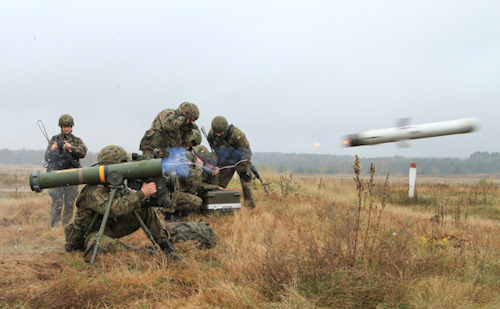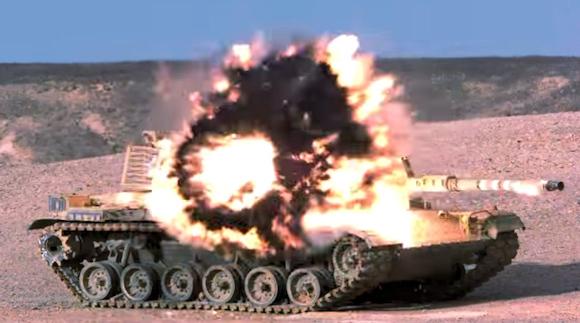During the last few years, the operational doctrines concerning the operations carried out with armored vehicles and the anti-tank war - in particular the relationship between them - have seen the succession of a series of important critical phases of evolution.
Each phase was characterized by the introduction of substantial changes regarding the assessment of the global problem of armored vehicles / anti-tank systems, with significant consequences also for what concerns development and acquisition activities.
A weapon that is currently having a great commercial success is the Israeli SPIKE missile, produced by Rafael.
The SPIKE missile family includes six versions: SPIKE-SR (Short Range); SPIKE-MR (Medium Range); SPIKE-LR (Long Range); SPIKE-ER (Extended Range); SPIKE NLOS (Non Line Of Sight) and SPIKE-SR PBF (Penetration Blast and Fragmentation).
The Italian armed forces, to replace the now obsolete anti-tank systems MILAN and TOW, have decided to adopt the SPIKE to equip the base weapon support companies as well as to arm the VBC FRECCIA and the latest versions of the AH-129D attack helicopter MONGOOSE.
Precisely the entry into service of battle wagons with increasingly effective passive protection has led to the development, and then the acquisition and use, of anti-tank systems for infantry with attack profile from above, so as to hit the upper part of the vehicle where the armor is thinner (as opposed to overflight profiles associated with warheads shot downwards) and double tandem hollow charge.
 This necessarily requires the adoption of sophisticated driving techniques that involve the use of sensors to display the thermal image (CCD / IIR) and lock-on-before-launch procedures. The firing operator shows the target through his viewfinder to visualize the thermal image and, after confirming the engagement by the missile and its launch, can immediately free itself of the now empty container / launcher and take shelter, while the missile continues its predetermined trajectory maintaining contact with the target. In addition, compared to its competitors, the SPIKE is equipped with a fiber optic link between the launch station and the missile, for an additional driving mode of the fire-and-observe / update type (shoot and observe / update). This ability allows you to launch the missile against observed targets that can not be hooked from the firing position (due to the presence of hills, due to the unfiltered position, due to the presence of smoke curtains)
This necessarily requires the adoption of sophisticated driving techniques that involve the use of sensors to display the thermal image (CCD / IIR) and lock-on-before-launch procedures. The firing operator shows the target through his viewfinder to visualize the thermal image and, after confirming the engagement by the missile and its launch, can immediately free itself of the now empty container / launcher and take shelter, while the missile continues its predetermined trajectory maintaining contact with the target. In addition, compared to its competitors, the SPIKE is equipped with a fiber optic link between the launch station and the missile, for an additional driving mode of the fire-and-observe / update type (shoot and observe / update). This ability allows you to launch the missile against observed targets that can not be hooked from the firing position (due to the presence of hills, due to the unfiltered position, due to the presence of smoke curtains)
The two main advantages of a top attack profile - which is to maximize lethality and reduce operator exposure to enemy fire - are apparently considered far more important than cost and complexity considerations. It is also evident that the lethal characteristics of modern warheads associated with a top attachment profile allow SPIKE to overcome even the most sophisticated armor.
Having a limited budget available for the acquisition of infantry-guided antitank weapon systems, the Defense General Staff has opted for a small number of sophisticated missiles such as SPIKE, rather than acquiring large numbers of next-generation systems, but not yet tested in the field.
(images: US Army / Rafael)












